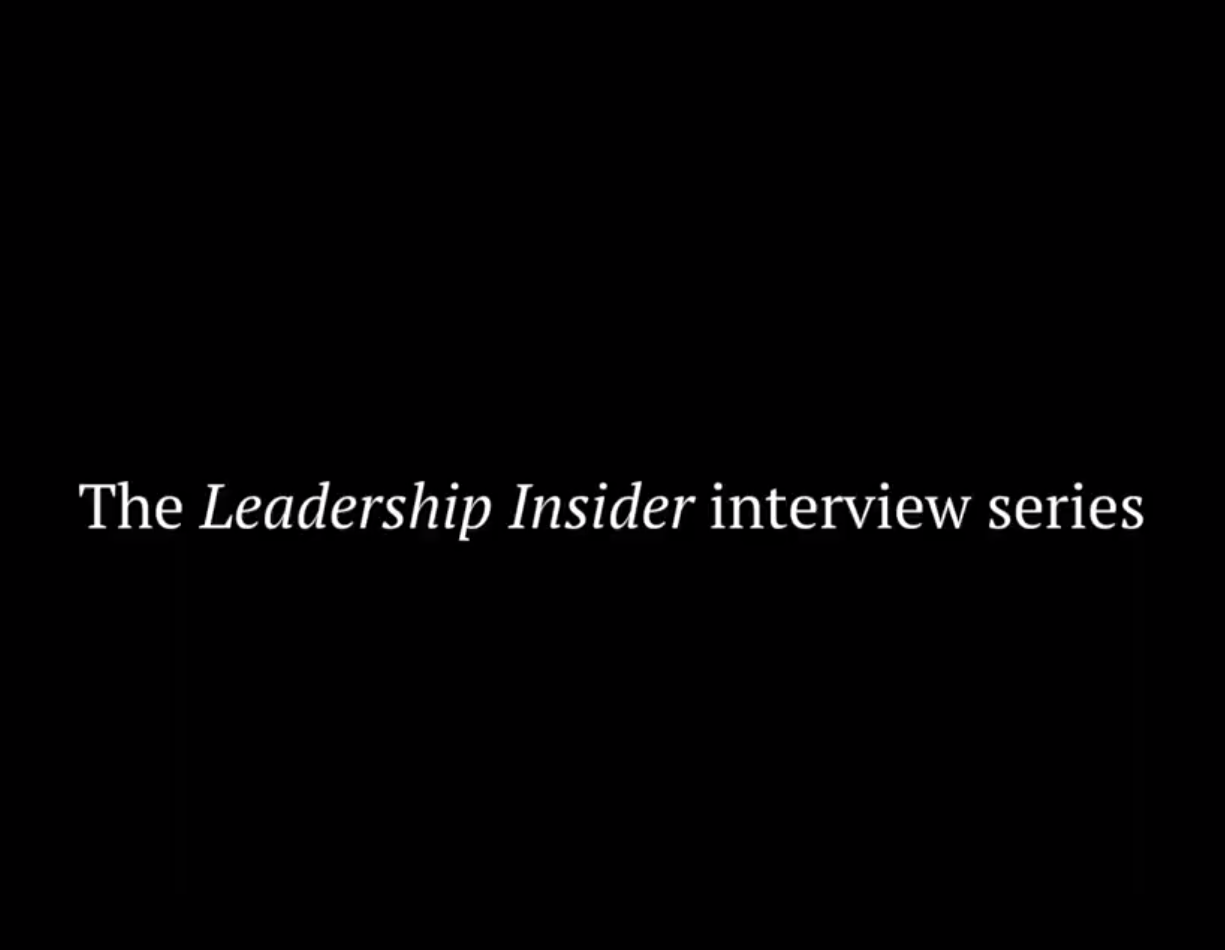The Leadership Gap: Setting Your Leaders Up for Success
Do you remember your first leadership role? I do.
In an instant, I shifted from managing my own tasks to overseeing a national team of 8 staff and 30 contractors. My responsibilities now encompassed OPEX, CAPEX, and the successful delivery of customer contracts. You might have excelled at the technical aspects of your team’s work, but that’s history now, and the transition can be unnecessarily challenging.
Fast Forward to Your Current Leaders
Are you grappling with leaders who seem to struggle with achieving their set goals? They might be stuck in the relentless cycle of crisis management, reacting to present and immediate demands, or operating at the level of team members, without taking that essential step up. Perhaps they’re making poor decisions or, worse yet, not learning from these missteps.
How Will This Unfold?
In response, you might find yourself shouldering additional coaching and guidance duties. As a result, business KPIs and goals could slip through the cracks on your watch. If this situation persists, you might find yourself facing imposed changes.
The Training Dilemma
Your leaders have likely completed the standard leadership training, usually focusing on compliance essentials. Some may have received specialised training in areas like coaching, conflict management, or emotional intelligence. The fortunate few might even have had opportunities for leadership development as emerging leaders. But this scenario is all too familiar – well-trained leaders often find themselves ill-prepared for the complexities of their roles, and it’s not their fault. Your leadership development hasn’t equipped them for success as they usually lack developing operational acumen (OQ) skills. As a result, they will resort to familiar ‘doing’ tasks rather than focusing on strategic business aspects.
Acumen and Action
To effectively and efficiently deliver business outcomes, like enhancing customer satisfaction, boosting productivity, and elevating employee engagement, leaders need the insight to recognise the right levers to pull before it’s too late. This involves identifying early warning signals and selecting the appropriate response while avoiding overreactions. It’s a combination of science and art, honed through practice and self-reflection.
Plan, Do, Study, Adjust
In pursuit of continuous improvement, leaders must cultivate a habit of reflective practice. Whether reviewing a critical decision, addressing a complex issue, or evaluating a coaching session, setting aside time for study and adjustment ensures incremental improvement. It demands discipline, especially in a fast-paced environment where immediate action often seems like the only option.
Data-Driven Leadership
The research is compelling – the World Economic Forum’s 2018, 2020, 2023 and 2025 “The Future of Jobs” report emphasises that analytical thinking is the most crucial skill gap. DeakinCo’s L&D research echoes this, with three of the top five skill gaps directly linked to analytical thinking:
- critical thinking and problem-solving,
- data analysis, and
- data literacy.
Encouraging analytical thinking in your leaders is a must. Empowering your leaders for success will revolutionise your business, your team, and your own role. Conversations with your leaders will become more productive and less filled with surprises, perhaps even eliminating them entirely. Your business will continuously improve, consistently meeting its targets, and confidently embracing new challenges as they arise.
If you resonate with what you’ve read here, and think there might be some hard skills gaps in your organisation, then it’s time to check out our Core Operational Excellence program.
Join the QBS Newsletter
Receive free leadership tips and tools right to your inbox!









